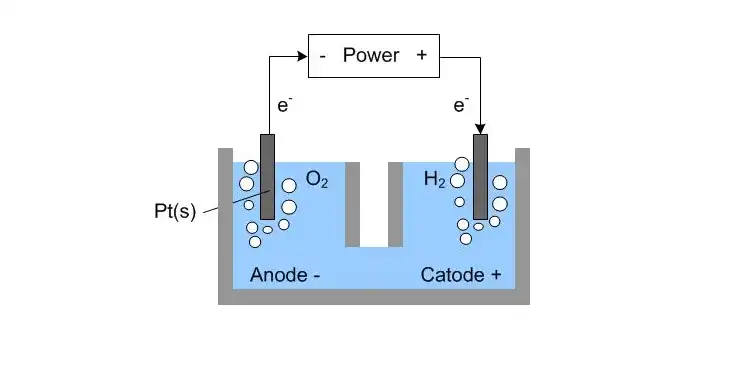Decomposition reactions in which energy is supplied in the form of heat:
A + heat –> B + C
Decomposition reactions in which energy is supplied in the form of light:
A + light –> B + C
Decomposition reactions in which energy is supplied in the form of electricity:
A + electricity –> B + C
Note: A, B, and C represent the chemical species involved in the reaction. The actual equation will depend on the specific reactants and products involved in the reaction.
Decomposition reactions are chemical reactions in which a single compound is broken down into two or more simpler compounds. These reactions can be triggered by various forms of energy, including heat, light, and electricity. In this essay, we will explore the different ways in which energy can be used to initiate a decomposition reaction and the corresponding equations for each type of reaction.
Decomposition reactions in which energy is supplied in the form of heat are known as thermal decomposition reactions. These reactions occur when a compound is heated to a certain temperature, causing it to break down into simpler compounds. An example of a thermal decomposition reaction is the decomposition of calcium carbonate into calcium oxide and carbon dioxide:
CaCO3 + heat –> CaO + CO2
In this equation, calcium carbonate is the reactant and calcium oxide and carbon dioxide are the products. The heat required to initiate the reaction is represented by the symbol “heat” on the reactant side of the equation.
Decomposition reactions in which energy is supplied in the form of light are known as photochemical decomposition reactions. These reactions occur when a compound is exposed to light, causing it to break down into simpler compounds. An example of a photochemical decomposition reaction is the decomposition of hydrogen peroxide into water and oxygen:
2H2O2 + light –> 2H2O + O2
In this equation, hydrogen peroxide is the reactant, and water and oxygen are the products. The light required to initiate the reaction is represented by the symbol “light” on the reactant side of the equation.
Decomposition reactions in which energy is supplied in the form of electricity are known as electrolytic decomposition reactions. These reactions occur when an electric current is passed through a compound, causing it to break down into simpler compounds. An example of an electrolytic decomposition reaction is the decomposition of water into hydrogen and oxygen:
2H2O + electricity –> 2H2 + O2
In this equation, water is the reactant, and hydrogen and oxygen are the products. The electricity required to initiate the reaction is represented by the symbol “electricity” on the reactant side of the equation.
In conclusion, decomposition reactions can be initiated by various forms of energy, including heat, light, and electricity. The corresponding equations for these reactions are different, but they all represent the breakdown of a single compound into simpler compounds. Understanding these equations and the underlying chemistry is essential for understanding the properties and behavior of compounds and for developing new technologies.


